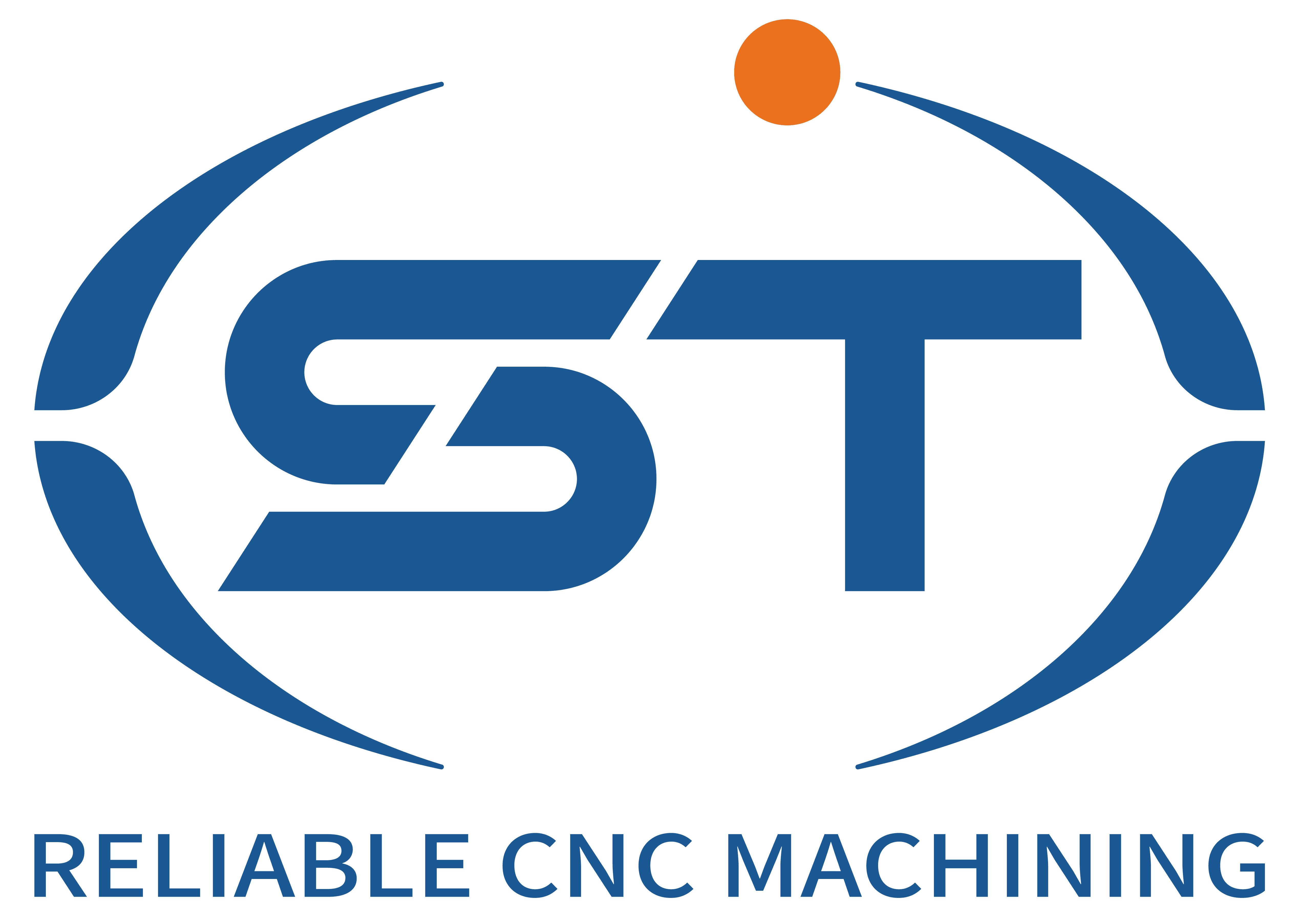Effective Management of Cutting Waste in CNC Machining for Automotive Components
CNC machining operations for automotive parts, such as milling engine blocks, turning transmission shafts, or drilling brake rotors, generate significant volumes of cutting waste, including metal chips, swarf, and contaminated coolant. Improper disposal of these materials poses environmental risks, violates regulatory standards, and wastes reusable resources. Implementing structured waste management strategies ensures compliance, reduces landfill dependency, and supports sustainable production practices. Below are critical approaches to handling cutting waste in automotive CNC machining.
1. Metal Chip and Swarf Recovery Systems
- Automated Chip Conveyors: Integrate screw or belt-type conveyors into CNC machines to continuously transport metal chips away from workzones during operations like high-speed milling of aluminum cylinder heads. These systems prevent chip accumulation, which can damage tools or contaminate coolant, while directing waste to centralized collection bins for further processing.
- Compaction and Baling Equipment: Use hydraulic presses to compact loose metal swarf from turning steel crankshafts or drilling cast iron differential cases into dense bales. Compacted waste occupies 80% less space, reducing storage costs and transportation frequency to recycling facilities. Baled chips also fetch higher prices from scrap dealers due to easier handling.
- Magnetic Separation Techniques: Deploy overband magnets or drum separators to isolate ferrous chips from non-ferrous materials in mixed waste streams. For example, when machining hybrid components like aluminum engine blocks with steel inserts, magnetic systems ensure pure ferrous recovery for remelting while directing non-ferrous swarf to specialized recycling channels.
2. Coolant Filtration and Reclamation Processes
- Multi-Stage Filtration Units: Install centrifugal or paper-bed filters to remove fine metal particles and tramp oil from used coolant during machining of components like stainless steel exhaust manifolds. High-efficiency filters with micron-level ratings extend coolant lifespan by 3–5 times, reducing fresh fluid purchases and minimizing hazardous waste generation.
- Biological Treatment Systems: Utilize microbial cultures to break down organic contaminants in coolant, such as bacteria from prolonged use or tramp oil from machine lubrication. Aerobic digestion tanks degrade sludge into reusable water and carbon dioxide, enabling facilities to reclaim up to 90% of coolant volume for recycling in CNC lathes or mills.
- Membrane Filtration Technology: Apply ultrafiltration membranes to separate emulsified oils and suspended solids from coolant used in precision machining of titanium valve components or composite brake pads. This process produces clarified fluid meeting OEM specifications for reuse, while concentrated waste can be incinerated for energy recovery.
3. Hazardous Waste Identification and Safe Disposal
- Chemical Compatibility Testing: Conduct regular analyses of used coolant to detect hazardous additives, such as chlorinated paraffins or sulfurized extreme-pressure agents, which may leach into soil or water during disposal. Facilities machining magnesium alloy engine parts must test for reactive contaminants to prevent fire risks during waste handling.
- Licensed Waste Transporters: Partner with certified disposal companies to transport and treat coolant contaminated with heavy metals, like lead from machining brass fuel injectors or cadmium from plating residues. Compliance with regulations such as the U.S. Resource Conservation and Recovery Act (RCRA) ensures proper documentation and tracking of hazardous waste shipments.
- Incineration with Energy Recovery: For non-recyclable coolant waste, opt for high-temperature incineration plants equipped with heat recovery systems. Combusting contaminated fluids generates steam to power factory turbines or heat buildings, offsetting energy costs associated with machining high-volume components like aluminum wheel hubs.
4. Non-Metallic Waste Stream Management
- Composite Material Separation: When machining hybrid components like carbon fiber-reinforced plastic (CFRP) brake calipers or glass-filled nylon engine covers, use density-based separation techniques to isolate polymeric waste from metal chips. Air classifiers or froth flotation systems can recover reusable plastic powders for injection molding secondary parts.
- Ceramic Filter Recycling: Salvage ceramic inserts from broken cutting tools used in hard machining operations, such as finishing nitride steel gears or grinding tungsten carbide dies. Crushed ceramic waste can be repurposed as aggregate in refractory materials or abrasive media for surface finishing processes.
- Paper and Fabric Waste Reduction: Replace disposable wiping cloths with washable microfiber towels for cleaning machines and workstations. Facilities processing large batches of components like aluminum door frames can cut fabric waste by 70% through reusable cleaning protocols, lowering disposal costs and landfill contributions.
5. Circular Economy Integration and Supplier Collaboration
- Closed-Loop Recycling Partnerships: Work with metal suppliers to return processed chips and swarf for remelting into raw ingots used in future CNC machining projects. For example, recycled aluminum from machined cylinder heads can be remanufactured into new engine blocks, reducing virgin material extraction by 40% per component.
- Byproduct Valorization Initiatives: Explore opportunities to convert waste into secondary products, such as using iron oxide from steel machining sludge as pigment in paints or converting aluminum dross into deoxidizing agents for steel production. Facilities processing high-volume parts like transmission cases can generate additional revenue through byproduct sales.
- Supplier Take-Back Programs: Collaborate with coolant manufacturers to implement take-back schemes for spent fluids, ensuring proper treatment and recycling of base oils and additives. Some suppliers offer credit for returned waste, offsetting the cost of new coolant purchases for high-precision machining of components like fuel injector nozzles.
By adopting these waste management practices, automotive CNC machining facilities can minimize environmental impact, optimize resource efficiency, and align with global sustainability goals. Proactive handling of cutting waste not only reduces regulatory risks but also enhances operational resilience in an industry increasingly focused on circular manufacturing principles.




